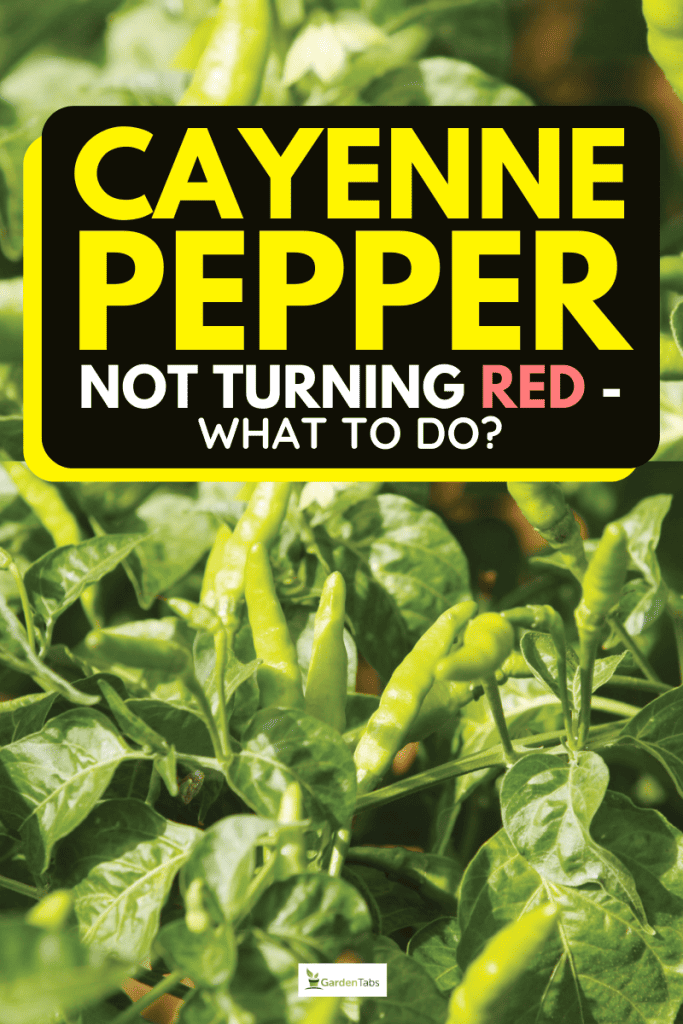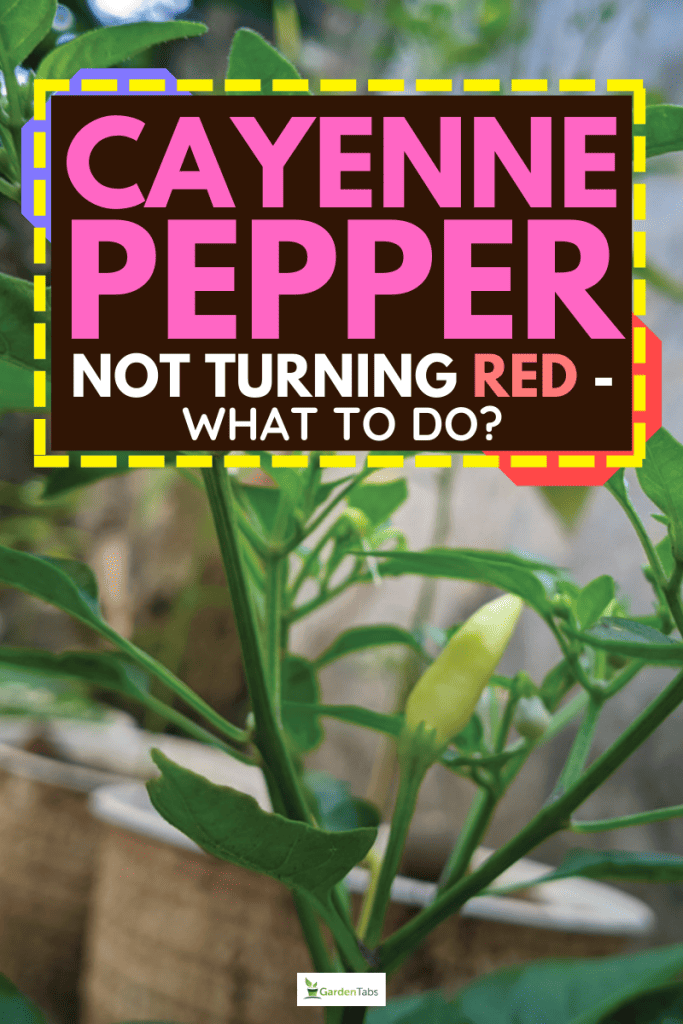Cayenne Peppers are one of the favorite ingredients for spicy food lovers. It offers just the right amount of spice to stimulate one's appetite. Its most noticeable feature is its vibrant red color which signifies its ripened state.
However, if your Cayenne Peppers are not turning red, worry not, for there are still some tricks you could try to solve the issue. To make things easier, we have already researched the answer for you.
Capsaicin is an active component in chili peppers responsible for people's burning sensation when they eat hot and spicy things. Red peppers contain more Capsaicin than the young green kind, meaning they only have little or no spice.
Some factors and methods can affect the ripening stage of these plants, such as:
- The Cayenne Pepper you have is the wrong variety
- Not enough time to ripen
- Incorrect temperature- too hot or cold
- Pests
Now that you know the various factor and methods to turn Cayenne Peppers red keep reading this article as we further explain the answer above. We will also be discussing other related topics that can be helpful with the propagation and proper care of this plant.
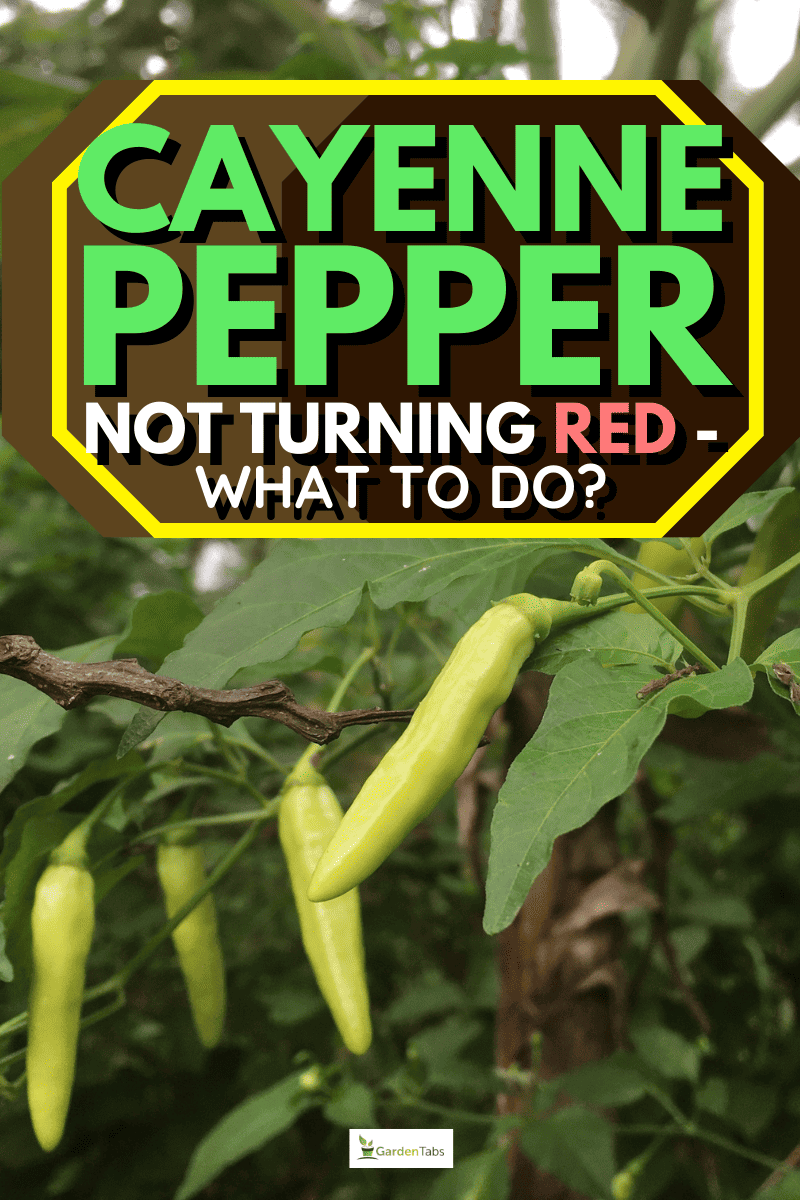
Reasons Why Cayenne Peppers Are Not Turning Red and How To Fix It
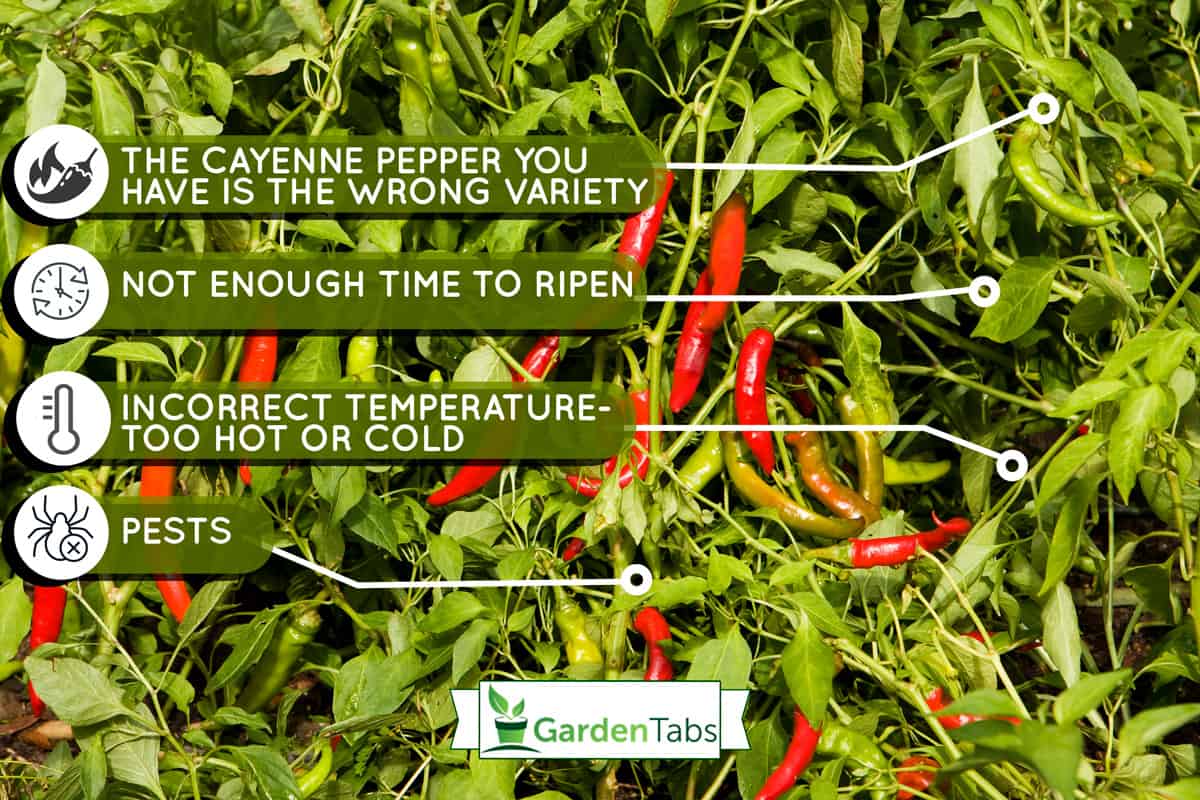
Your Plant Is The Kind That Produces Green Cayenne Peppers
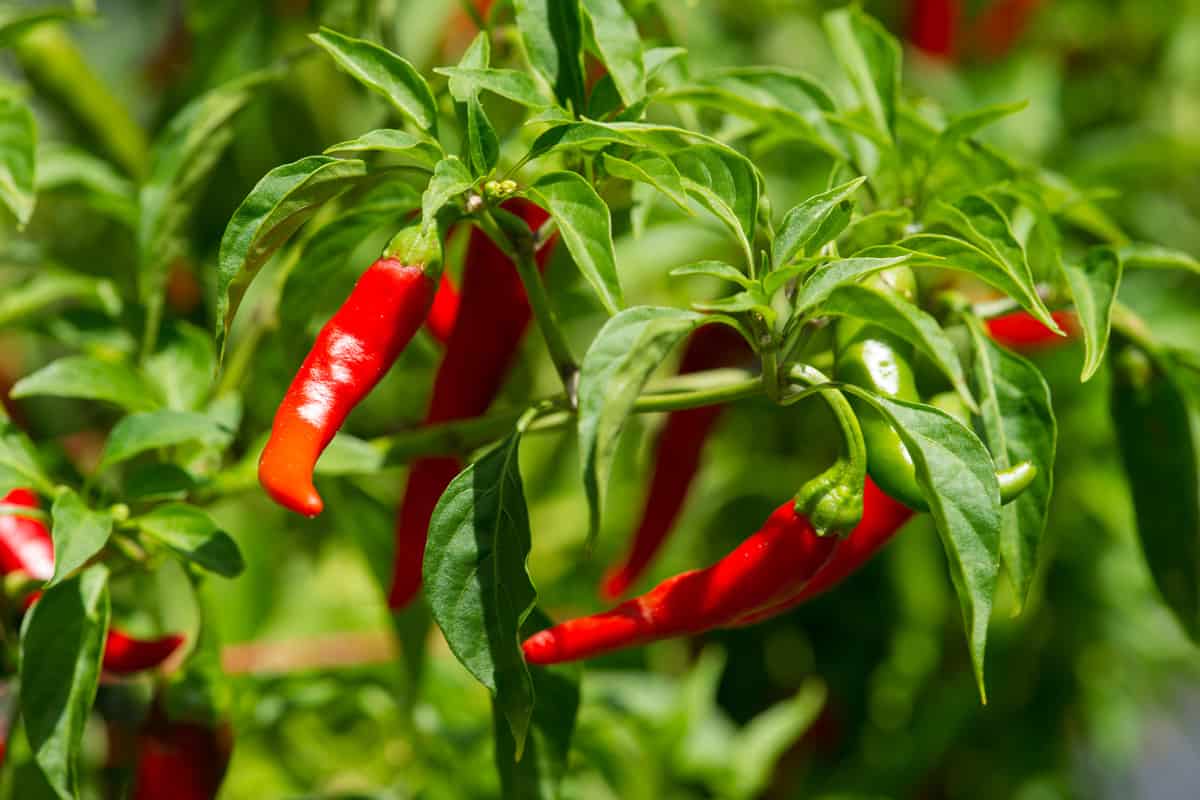
We all have our preferences for spices; some like hot red peppers, while others want milder green ones. Gardeners cultivate various kinds of peppers to accommodate the tastes of different consumers.
Hence some plants produce yellow, green, red, and orange Cayenne with varying degrees of spiciness. Regardless of the color and whether it is ripe or young, all these are edible.
The best way to confirm what kind of Cayenne you have is by consulting with a gardener or a pepper farmer. This way, you can ensure that the green peppers are ready for harvesting or need more time to mature.
And, if you're just about to start planting, you can request seeds that specifically produce red cayenne.
Cayenne Peppers Have Not Yet Ripened
Time miscalculation is the most common issue with Cayenne Peppers. Newbie cultivators tend to harvest peppers ahead of time. It usually takes three to three and a half months to ripen and turn red.
For large Cayenne variants, it may take longer and sometimes undergo two to three color changes before it reaches full maturity.
Don't be confused with the six-week cultivation period often stated on the packaging.
This duration is the estimated growth period of green peppers before reaching the ripening stage. If you prefer a shorter harvest time, choose the kind that produces small pepper, ideally within two to six inches.
Temperature
Cayenne Pepper thrives in warm conditions, precisely 70 to 80 Fahrenheit.
Plants cultivated under this condition mature correctly and on time but keep the heat below 90 Fahrenheit; otherwise, your plant will dry out.
On the other hand, a temperature below 55 Fahrenheit is considered too cold, which may hinder the development process and, as a result, won't be able to produce flowers.
Schedule your planting 12-16 weeks before the first frost for optimal results. If you're planning to grow Cayenne indoors, you must maintain warmth.
Invest in an efficient HVAC system to regulate temperature. Regarding sunlight, place it in an area with indirect light since the leaves require light to flourish, while overexposure to the sun can harm the pepper.
Pests
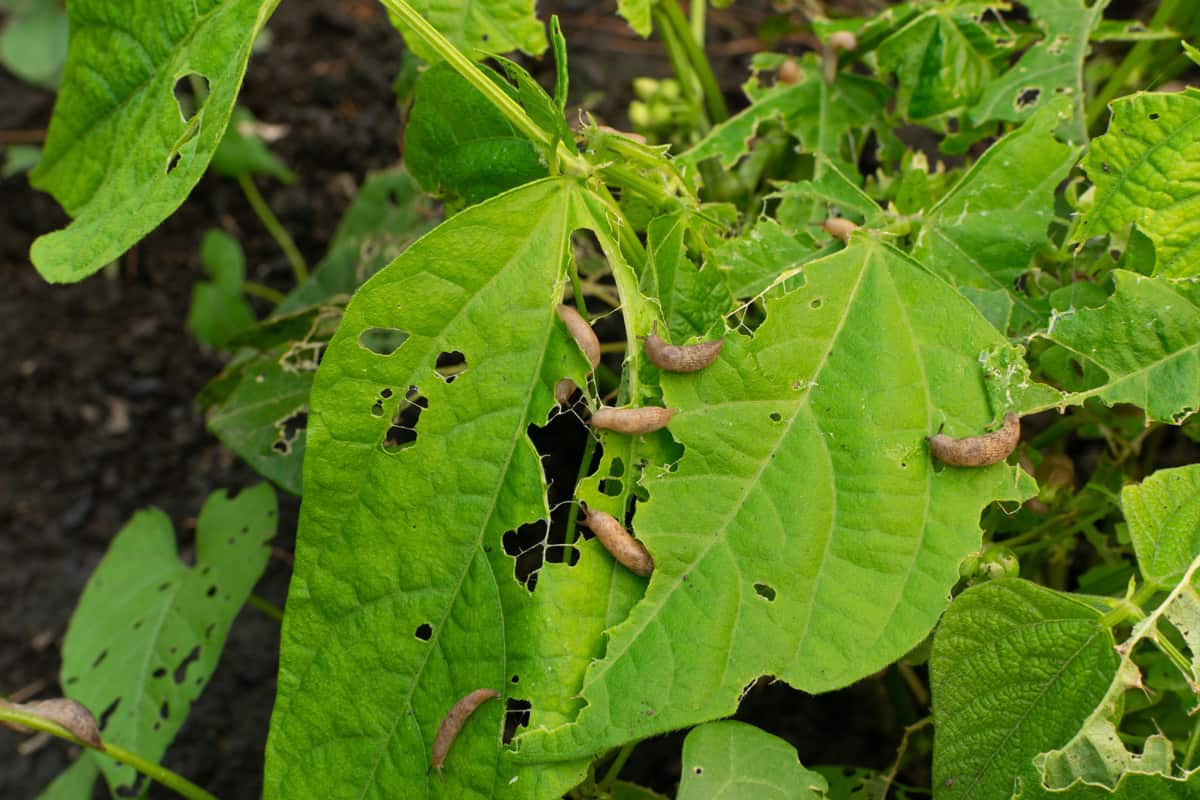
Aphids feast on the fluid Cayenne leaves produces, especially during the maturing stage or when the green pepper transitions to red.
The tell-tale sign of aphid infestation is yellow discoloration around the pepper. Aside from damaging the fruits, these pests can kill your entire plant if left unattended.
Apply a thin layer of insecticidal oil or soap to deter aphids. For a more organic approach, you may introduce aphid-eating insects such as parasitic wasps, lady, and soldier beetles to reduce or prevent infestation.
Turn Green Cayenne Peppers To Red
Some of us don't have the luxury of time to wait for the chilies to ripen, while others are simply impatient; regardless of the reason, here are some tricks to ripen unripe Cayenne.
Paper Bag Method
Store your green peppers in a paper bag with red tomato, then keep it a room temperature. The tomato will help speed up the ripening process.
Keeping it at a warm location is vital since cool temperatures can slow down the process. Check back on the paper bag in a week, and you'll see; red contents.
Branch Method
Cayenne harvested near maturity will still ripen despite being picked out earlier than scheduled. Cut the branch but don't pluck the unripe pepper and let hang it upside down.
Keep it at room temperature and wait for all the chilies to ripen in a week or two. Keep an eye out for any bad or rotting pepper, as they could harm the healthy ones.
Windowsill Method
This method is the most straightforward and most helpful if you plan to ripen only a handful of Cayenne. Leave the chilies near a windowsill in a warm room under direct sunlight and wait for the greens to turn red.
Once you have achieved your desired outcome, please keep it in your refrigerator for future use. Throw away soft squishy peppers to preserve the other chilies and vegetables in-store.
Helpful Tips For Growing Cayenne Peppers
- Ensure the soil is moist but avoid overwatering the plant
- Leave a layer of organic mulch or plastic sheeting to retain moisture
- Give each seedling sufficient space to grow; ideally, plant it 2-3 inches apart
- Sow the seeds in well-drained soil and place them in a sunny area until the seedlings sprout
- Avoid transplanting until the seedling hits the eight-week mark or any signs of frost have passed
- Use row covers for protection
- Prune the plant as needed
- Remove matured peppers or those 4-6 inches by severing them from the stem
Frequently Asked Questions About Cayenne Peppers
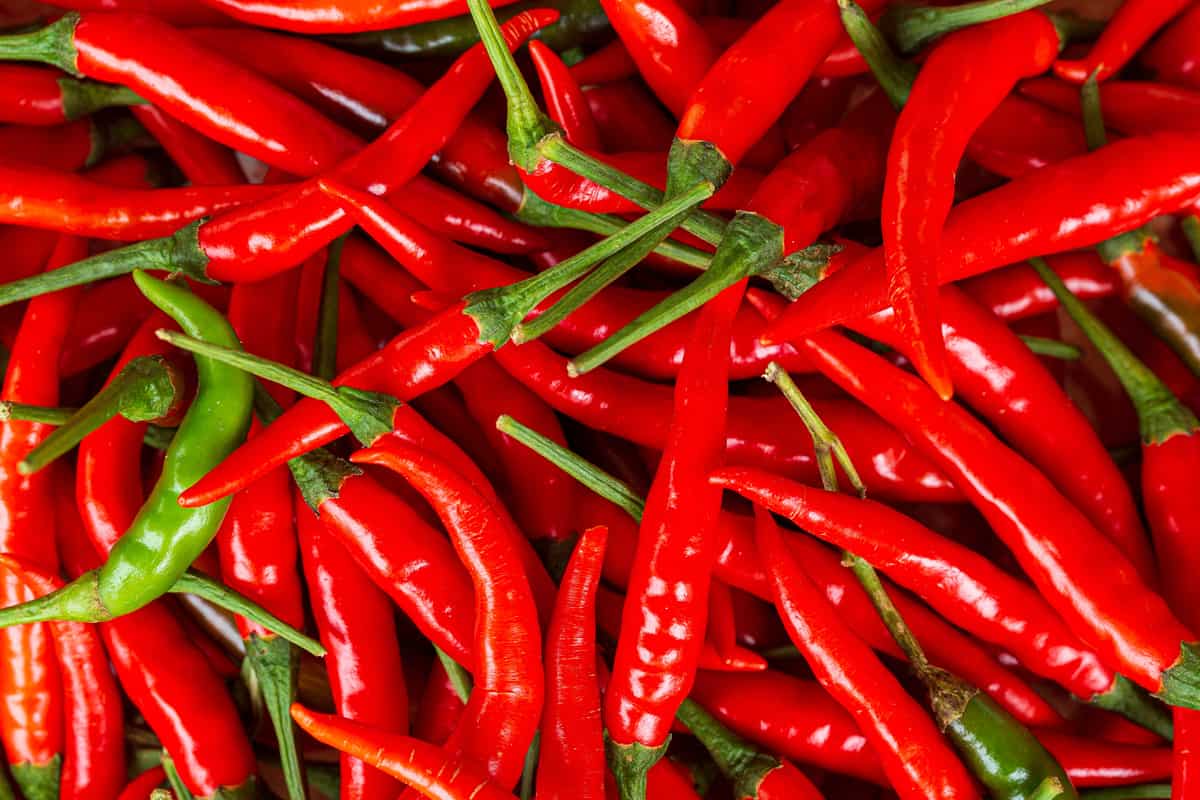
Can You Eat Green Cayenne Peppers?

Green chilies in stir-fries, soups, and salsas are green Cayenne. It is edible and is a popular choice for pickling though it may not offer the same level of spice as red peppers.
Should You Pinch A Cayenne Pepper Plant Flower?
This is not required but is highly recommended, especially for newly-planted Cayenne. Pinching the first blooms or pods redirects the energy to grow and develop a stable root system rather than producing flowers.
Moreover, allowing it to focus on growing during the early stages ensures maximum yield during the blooming season.
How Often Should I Water My Cayenne Pepper Plant?
The soil should be moist but not wet. Only water the plant when the soil's top layer has thoroughly dried. If it is still damp, leave it be.
However you may need to water it every day during the hot summer season, but when the temperature drops, you only need to do this every two to three days.
What Are The Signs Of An Overwatered Cayenne Pepper Plant?
- Root rot- is a common occurrence for a plant placed in soil without proper drainage.
- Wilted/ Curled Leaves- roots can't absorb the nutrients from the soil, thus killing the leaves.
- Stunted growth.
Do Cayenne Pepper Plants Regrow Every Year?
Cayenne is a perennial plant that will last for two to three growing seasons. It will continue to thrive, provided the proper treatment and suitable growing conditions are observed.
Is Cayenne Pepper Good For You?
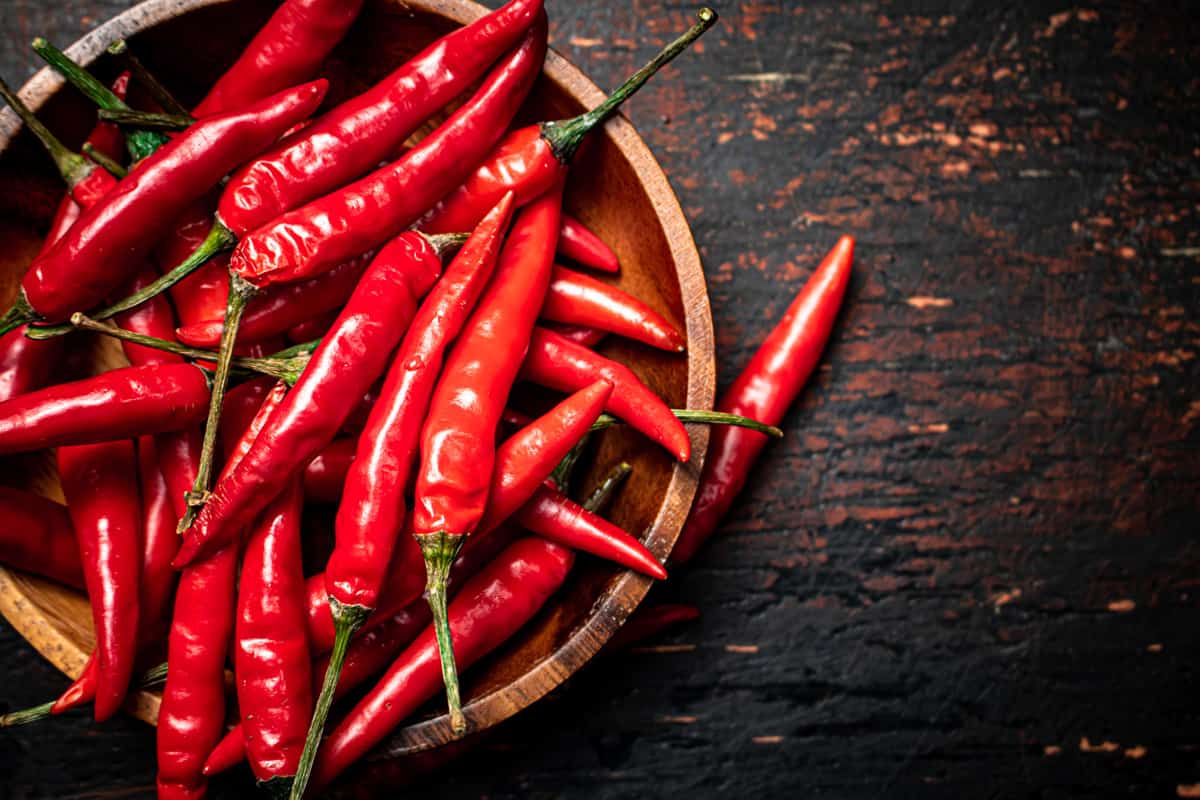
Further studies need to determine the positive effects of Cayenne on the body, but this doesn't mean there are none. It is full of nutrients like calories and vitamins that can be a healthy addition to your diet.
On the other hand, Capsaicin, the component responsible for the spicy and heat sensation in Cayenne Pepper, is linked to some health benefits.
Conclusion
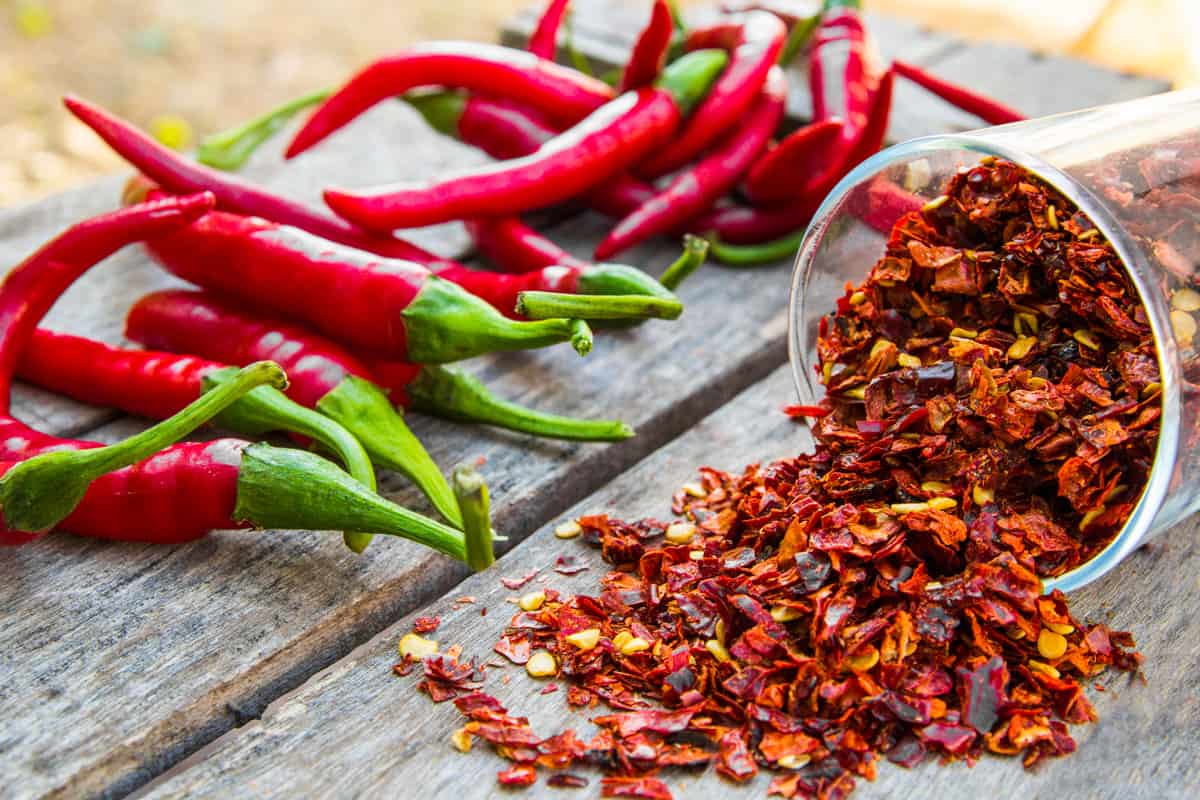
Cayenne Pepper is an excellent addition to your greenery, it is easy to grow, and you can use its products both in cuisine and for medicinal purposes.
Despite its low maintenance quality, it is inevitable for issues such as the topic discussed to arise. Fortunately, regardless if it is green or red and whether it is young or ripe, it still serves its purpose of adding heat and flavor to any dish.
Made it to the end? Check out these helpful related articles:
How To Grow Bell Peppers Indoors [Inc. From Scraps]

